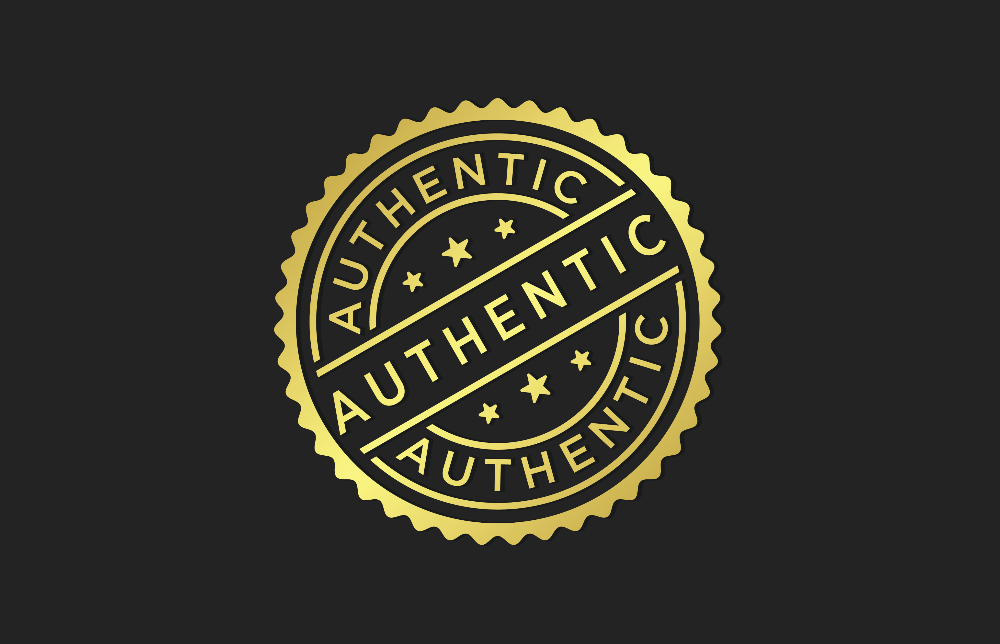
Authenticity and Presentation Style Matter
During a business presentation skills workshop a client asked, “You are telling me to demonstrate more power and authority with greater volume AND you are telling me to be authentic. That feels like a contradiction to me. Can you help me with that?”
Having heard variations of this question over the years, we asked him, “If the desire to demonstrate greater power comes from deep inside you, and the realization of that in your style requires that you change, what could be more authentic than that?”
The question that we put to clients and presentation workshop participants is not, “What is your style?” but “What do you want your style to be?” Not, “Who are you?” but “Who do you want to be?”
Authenticity and Presentation Style – The Role of Mindset
Carol Dweck’s book, Mindset: The New Psychology of Success, has a central thesis that there are 2 basic mindsets that people operate from:
Why come to a presentation skills workshop, if you are not open to the idea of changing your style?
When this question comes up in workshops, we will conduct a poll: “How many of you have the same style now as when you were 18 years old?” No one has ever raised their hand, by the way. Then we ask, “Why not?” People respond with things like,
Style evolves – it is not static or fixed.
Our work is to exercise some choice in that evolution, to guide it in the direction we want to take. Becoming the fully realized version of our self is the work in which we are engaged. Exploring our full potential to communicate, to lead, to inspire – that is the work in which we are engaged. To make a difference in the lives of those around us – that is the work in which we are engaged.
Barriers to Authenticity and Presentation Style
You may find there is a part of you that rebels against this idea – that pushes back. The ‘elephant in the room’ in addressing presentation skills is egocentrism or self-centeredness.
The Two Sides of Egocentrism
The Show-Off
There is the Show-Off who is enamored with self – the side that thinks something like, “I have been doing this work for 10 years” or “I have been selling enterprise software to Fortune 100 companies for 15 years” or “I have been leading teams at the some of the world’s largest companies for 20 years. I don’t need help with my presentation skills. I am doing just fine, thank you very much.”
This side is vain, arrogant, and self-exalting. It loves to hear the sound of its voice and tends to become long-winded and boring.
The Wallflower
There is the Wallflower who thinks something like, “I am not good at this presenting thing. Can I just go back to my cubicle and write code, generate reports and spreadsheets?” Or “I couldn’t be a salesperson / manager / executive. I am not smart enough / organized enough / strong enough / charismatic enough.” Or “I am no good at presenting / conversing. It takes some special sort of personality.”
Yes, this is a form of ego, too. This side is diffident, timid, unwilling to draw attention. It hates the sound of its voice and so its wisdom remains unspoken.
Both the Show-Off and the Wallflower are self-centered, self-involved. One thinks, “I can’t do anything wrong.” The other thinks, “I can’t do anything right.” One thinks, “I am always a success.” The other thinks, “I am always a failure.” The one thinks, “I can’t do any harm, so, whatever I do will work.” The other thinks, “I don’t want to do any harm, so, I won’t do anything.” Each of these sentences starts with “I”.
These extremes are simply unrealistic. Neither one is always true. We all make mistakes and we all have successes. There are no absolutes.
Another aspect necessary to consider when speaking about ego is the reluctance or the attraction to the idea of drawing attention to one’s self. For some that is seductive. For others it’s repulsive. Neither approach is healthy or balanced. They both distract from being present, being aware of the audience, being in Beginner’s Mind, focused on what was happening with our audience in front of us.
How Do We Keep Our Ego in Check?
How then do we achieve a balance between technique and authenticity – between the 2 extremes of unhealthy ego? How do we remain in Beginner’s Mind about ourselves and our style?
By remembering that we are servants. We are servants of our message and of our audience. This allows presenters to be aware of technique but still be present. To make real time choices about vocal delivery, timing, movement but still be connected with the audience – because the presenter is merely the conduit of the message. The message itself and delivering that message so that it impacts the audience – these are important.
The Bottom Line
Thinking we are fully evolved and don’t need any more help is another manifestation of the Fixed Mindset. Thinking we are incapable of full evolving and can’t be helped is another manifestation of the Fixed Mindset. Neither feels the need to do the work necessary to evolve. The Growth Mindset assumes that we are constantly growing, developing, evolving.
Yes, be yourself — and to me that means become the fullest realization and expression of who you want to be.
To learn more about authenticity and presentation style, download How to Present to Senior Executives Like a Rock Star
Explore real world results for clients like you striving to create higher performance